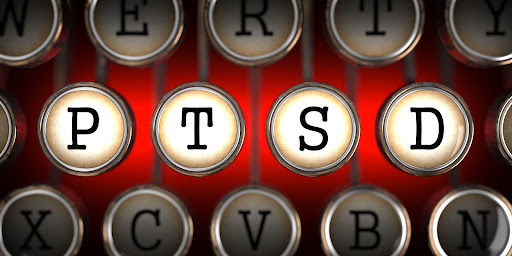First, let’s talk about what EMDR therapy is. EMDR is short for Eye Movement Desensitization and Reprocessing Therapy, which is a treatment that was originally designed to alleviate distress associated with traumatic memories.
EMDR has become one of the most highly recommended treatments for PTSD in the world. It is currently endorsed by the World Health Organization, American Veterans Association, and the International Society for Traumatic Stress Studies.
EMDR for PTSD works because it specifically focuses on the memory centers of the brain, particular events or triggers, and any neurological associations with trauma. Healing can happen through desensitizing past traumatic memories so that the body will not be triggered to fight, flight, freeze, or fawn emergency response. It also teaches your brain to become more present in the moment and realize that the event is in the past and is not currently happening. This treatment can help aid the upper cortex that oversees rational thought in reason for the brain to be more accurate about the certain event and prevent it from linking to irrational thoughts such as, “I am to blame for what happened,” and so on. EMDR can help reduce the intensity of stimuli that are related to each different trauma memory contents. This treatment allows the body to promote a better sense of ease, outlook on life, and aid other physical healings.
It is believed that EMDR works because the “bilateral stimulation” bypasses the area of the brain that has become stuck due to the trauma and is preventing the left side of the brain from self-soothing the right side of the brain. In other words, it allows both sides of your brain to connect to help you process your trauma to both sides of your brain, instead of allowing it to stay stuck on one side.
It is believed that EMDR is successful for treating PTSD because it utilizes an eight-phase protocol for it and most other diagnoses according to the article EMDR for PTSD: How it works, examples, & effectiveness.

Phase 1
The first phase takes place where the therapist helps the client map out specific disturbing content including the origin of memories, current triggers, and future potential events.
During this process there is no need for the client to go into any detail about the memories unless they want to. The list of specific, activating content is called a “target sequence.” The experience of identifying “targets” can be triggering for many clients; therefore, the counselor may choose to start with the second phase of EMDR, called the preparation phase.
Phase 2
During the preparation phase, clients practice specific coping strategies, mindfulness exercises, and stabilization techniques that the client can use during session, at the close of sessions, or in-between sessions.
Phases 3-7
Once the past, present and future targets have been identified (with or without detail), the counselor and client will decide together which memory to focus on first. This is where phases 3 through 7 take place.
The client will activate the content of the specific target selected, including identifying the worst part of the memory, emotions, body sensations, and associated negative beliefs, while the therapist assigns dual attention stimuli (DAS), like eye movements, self-tapping, or auditory sounds. Activating this memory or triggering content while participating in DAS begins to desensitize the disturbance and allows the mind to make new, healthier, and more accurate connections with the past memory or trigger.
When the traumatic past memory is no longer disturbing and feels neutral, the client will be instructed to conduct a body scan, meaning to mentally “scan” over the body while holding the original memory or trigger. Since traumatic content becomes associated in the body, the protocol is comprehensive enough to also address any physical disturbances like abdominal cramping, muscle tension, irritable bowel syndrome, headaches, etc.
If the body scan is clear, then the target is considered complete. If the client experiences a disturbance, they focus on that part of the body while participating in dual attention stimuli (DAS) until that physical sensation dissipates.
Each target will be systematically worked through one by one until it is neutralized, including any origin memories and any current triggers. The client may then choose to participate in future template work, which means imagining future scenarios where content could become activated again. A similar process is applied.
Phase 8
The eighth and final phase includes an overall assessment of the treatment success to make sure that the symptoms have resolved, and no disturbances remain.
Resources
(LCPC & MD, 2021), LCPC, W. by: R. M., & MD, R. by: K. F. (2021, July 2). EMDR for PTSD: How it works, examples, & effectiveness. Choosing Therapy. Retrieved April 18, 2022, from https://www.choosingtherapy.com/emdr-for-ptsd/

